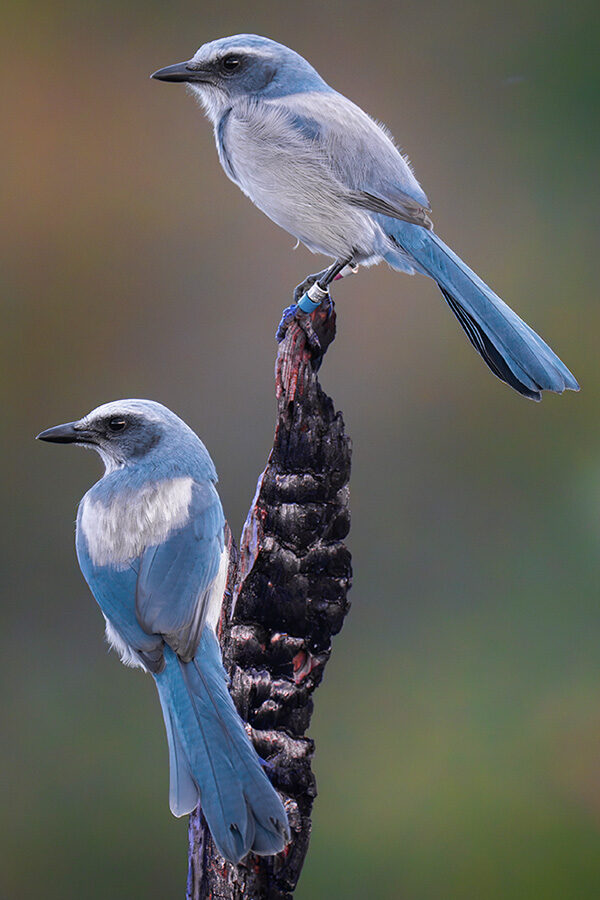- ORDER: Piciformes
- FAMILY: Picidae
Basic Description
Gila Woodpeckers have a knack for thriving in the nearly treeless desert habitats of the southwestern U.S. and Mexico. While most woodpeckers excavate nest cavities in dead trees, Gila Woodpeckers dig out nest holes in living saguaro cactus that tower above the arid landscape. This neat brownish woodpecker with black-and-white striped back eats insects, berries, and cactus fruit. Once a nesting pair has raised its young, the nest holes become valuable real estate for nesting Elf Owls, pygmy-owls, flycatchers, Cactus Wrens, and other species.
More ID InfoFind This Bird
Gila Woodpeckers are fairly conspicuous and noisy—so finding them is mainly a job of getting into their desert habitats. Get out during the cool morning and look for them on prominent perches, especially on saguaro cactus or in cottonwood trees. Their loud, rolling calls frequently give them away before they are seen.
Other Names
- Carpintero de Gila (Spanish)
- Pic des saguaros (French)
Backyard Tips
Gila Woodpeckers may come to backyard feeding stations including tube, platform, and suet feeders. They eat corn, suet, and many types of fruits and nuts, including pecans.
- Cool Facts
- Nesting is a little different when you do it in a cactus. After excavating a hole in a saguaro cactus, a Gila Woodpecker pair typically waits for several months before using it, allowing the inner pulp of the cactus to dry into a solid casing around the cavity.
- After Gila Woodpeckers have finished using their nest cavities, these shelters are often reclaimed by other species for their own nests, including American Kestrels, Elf Owls, Ferruginous Pygmy-Owls, Ash-throated Flycatchers, Brown-crested Flycatchers, Purple Martins, Cactus Wrens, and Lucy’s Warblers.
- Male Gila Woodpeckers are aggressive during the breeding season, often attacking European Starlings, Brown-crested Flycatchers, Bendire’s and Curve-billed Thrashers, Cactus Wrens, and Bronzed Cowbirds. They also sometimes attack White-winged Doves and House Finches.
- The male Gila Woodpecker forages mainly on the trunk and main branches of saguaro cactus, while the female concentrates on the periphery and decaying areas.
- The oldest recorded Gila Woodpecker was a male in Arizona, who was at least 7 years, 9 months old.


